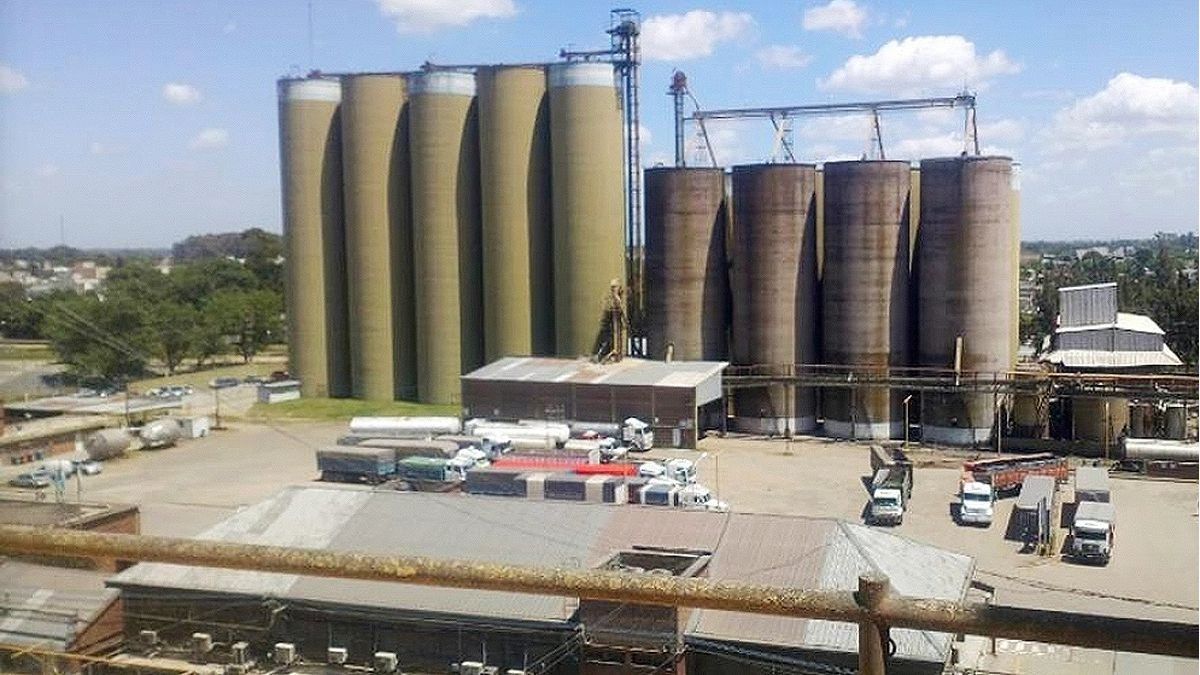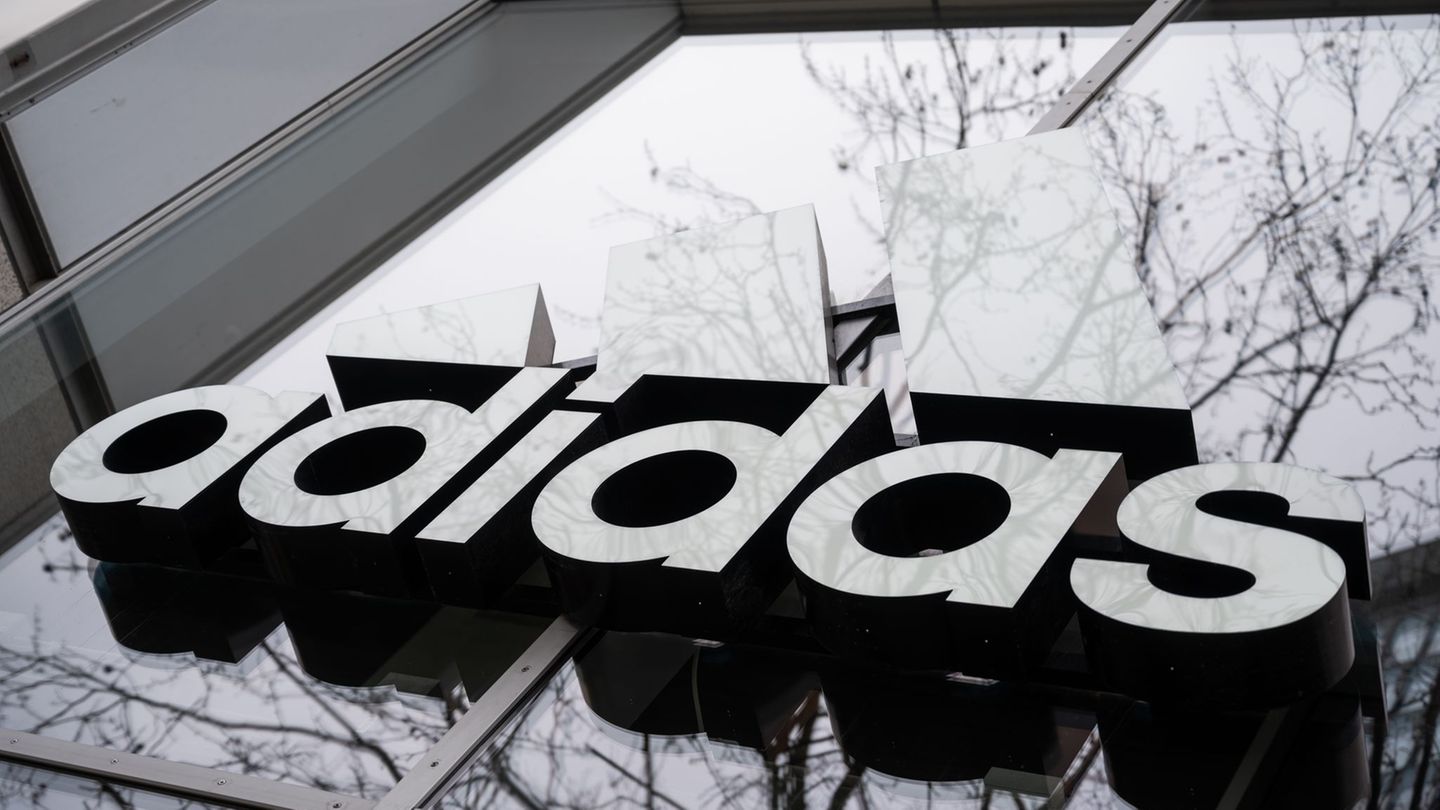In mid -December, Molino Cañuelas announced having reached the necessary majorities for the approval of its bankruptcy proposal within the framework of its financial restructuring process. With a support of 89.07% of the chirographer creditors, there was only the homologation by the commercial justice of Córdoba. However, so far there were no significant advances and uncertainty among their creditors, fundamentally large and commercial, continues to grow.
The Molino Cañuelas Preventive Contest involved more than 650 creditors and a scholart liabilities of US $ 1,290 million. In this context, the support of 89.07% of the owners of the Quirographer debt was achieved, who represent 60% of the creditors.
The key point is that The main creditors of the company, commanded by the Argentine businessman Aldo Navilli, are financial, local and international entities. Among them are International Finance Corporation (CFI), Banco Nación, Natixis New York Bank, Cargill, Bank of the Province of Buenos Aires (Bapro) and BAF Latam Credit Funds NV. For example, with the ICC maintains a debt of $ 21,944 million and with the Bank Nation of $ 18,807 million. While with these entities an agreement was achieved, the three payment proposals submitted (cash, short term and long term) did not convince an important part of the farm and commercial creditors.
In this framework, The last action in the Molino Cañuelas Contest Data on December 27 of last year, when the Río Cuarto Contests and Bank of the agreement, in compliance with the Law of Contests and Bankruptcies.
More specifically, the Court asked the union to control the number of creditors that lent compliance and the percentage of the capital represented, in addition to verifying possible exclusions of the majority regime. A detailed report on credit assignments was also requested, including what creditors they transferred their rights and who.
One of the key points is the position of the General Directorate of Revenue of Córdoba (DGR), which had requested the exclusion of the majority regime, an approach that the company rejected. The union must be issued on this aspect, but there are still no news and the contest continues to delay.
Payment proposal
As stated in the file, The company proposed three payment alternatives. The first is a cash payment of 12.5% of the debt, with a limit of up to US $ 400 million in total. If the total amount of orders exceeds that stop, it will be distributed proportionally and the surplus will go to other options. The second alternative is a short -term payment plan, which covers 37% of the debt in staggered quotas over six years, with a first payment within 30 business days after the approval of the agreement.
The third option is the most ambitious long term. It promises the payment of 100% of the debt, but in installments that will be extended for more than a decade. This scheme includes progressive interest and a possible additional payment if the company obtains better financial results in the coming years.
To give greater security to the creditors, Molino Cañuelas will support the payments with a trust on their most important brands, such as “Cañuelas”, “9 gold” and “purity”. In addition, if the company fails to gather the necessary funds for the first payments, its shareholders promised to contribute up to US $ 10 million as financial reinforcement.
A long way
The default of Molino Cañuelas with banks and financial entities dates back to mid -2018. At that time, Argentina’s main wheat processor was forced to change its financial strategy, leaving behind the possibility of quoting in the local stock market and in New York. In parallel, It hired the Financial Advisory Firm Lazard to restructure its large debt, which at that time amounted to just over US $ 760 million.
After months of negotiations, that project did not achieve the approval of all its creditors. Even Banco Macro formally asked for bankruptcy. Finally, in March 2019, he got a lifeguard from the state bank BICE (Investment Bank and Foreign Trade), which granted him a loan for working capital.
The opening of the creditors contest arrived in 2021 and, since then, the company has traveled a long way in search of an agreement with the banking entities, which in practice are its main creditors.
Much of the Financial problems of the company originated in its vertiginous expansionwhich was not accompanied by a growth in consumption in the domestic market. In addition, he suffered the impact of The mega devaluation of the weight during the presidency of Mauricio Macri. With 60% of its income from the domestic market, Molino Cañuelas was found in a dead end with millionaire debts in dollars.
One of the key milestones in its history was the purchase, in 2016, of the local business of Cargill flours (seven mills) for $ 736 million, an operation for which it obtained a World Bank loan of US $ 80 million. Today, the company is a national leader in wheat grinding capacity, with around 3.2 million tons per year. It also grew in the premix segment and products with the highest added value, investing US $ 100 million in its frozen food plant in Spegazzini, Ezeiza party.
However, this expansion had a high cost and the company needed financing to refinance its debt. In 2017 he tried an IPO in the local stock market and Wall Street to raise US $ 1,141.6 million, but in November of that same year he postponed the market volatility initiative.
At that time, I already faced serious financial difficulties. In its prospect for the issuance of shares sent to the National Securities Commission, it showed a negative net worth of $ 736 million, that is, He had more debts than active.
The truth is that currently, and Despite the efforts to clean up its financial situation, the uncertainty about the future of Molino Cañuelas persists. The lack of advances in the approval of the agreement keeps its creditors in suspense, who still expect a definitive resolution for a conflict that extends for more than five years.
Source: Ambito
I am Pierce Boyd, a driven and ambitious professional working in the news industry. I have been writing for 24 Hours Worlds for over five years, specializing in sports section coverage. During my tenure at the publication, I have built an impressive portfolio of articles that has earned me a reputation as an experienced journalist and content creator.




